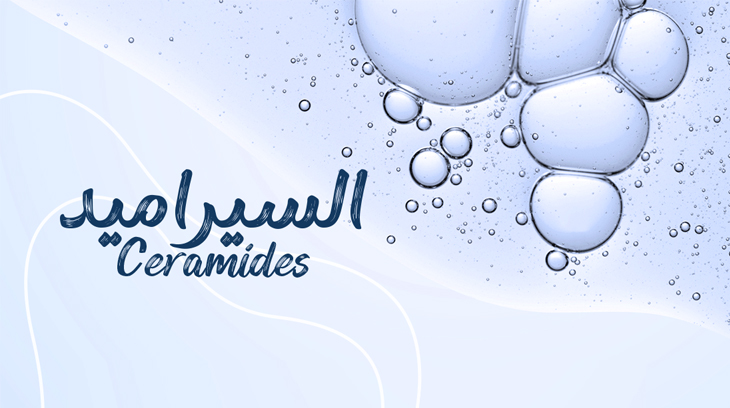
Ceramide
Ceramides are a family of lipids (fats) that are naturally present in the outermost layer of the skin — the stratum corneum. They make up about 40% of lipids in the outermost layer, forming a vital part of the skin’s barrier structure. Think of them as the “mortar” between the “bricks” of skin cells, sealing the barrier and keeping hydration in while keeping irritants out.
When ceramide levels are low — due to skin conditions or aging — the skin becomes dry, rough, and more vulnerable to irritation. That’s why ceramides are essential for keeping skin healthy, strong, and hydrated.
When applied topically, ceramides mimic the natural lipids already present in your skin. They integrate into the outermost layer (stratum corneum) and work to:
Ceramides offer significant therapeutic benefits in managing various skin conditions, primarily due to their crucial role in restoring and maintaining the skin barrier. Here’s a detailed explanation:
Metabase Cream contains glucosylceramides, which convert into ceramides within the skin. These work alongside Urea, Panthenol, and Allantoin to hydrate, calm, and repair the skin from multiple angles.
While Urea draws in moisture and Panthenol soothes irritation, Ceramides rebuild and seal the barrier, helping the skin hold on to hydration longer. This makes Metabase a highly effective option for dry, compromised, or reactive skin.
Ceramides are biomimetic, meaning they replicate what the body naturally produces. That makes them: